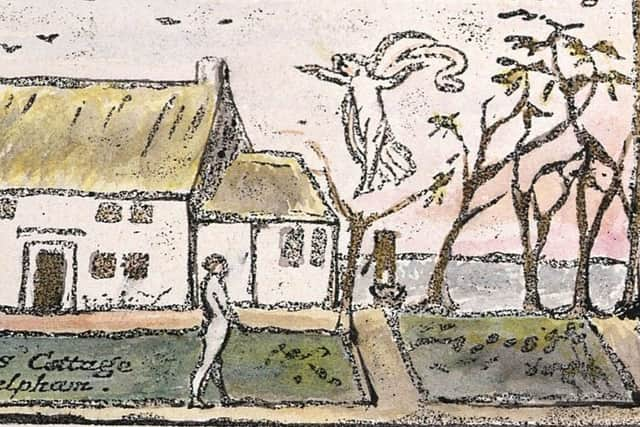A site of literary pilgrimage that deserves to be saved


Sussex is unusually rich in sites of literary interest, so many famous writers having formerly lived or stayed here.
In the east of the county, there is Rudyard Kipling's magnificent Bateman's, near Burwash; Lamb House in Rye, home successively to Henry James and EF Benson; and Sheila Kaye-Smith's Doucegrove in Northiam, not far from Rye. Then there is Monk's House in Rodmell, where Leonard and Virginia Woolf once lived; the house at Ripe where Malcolm Lowry died; JM Barrie's medieval Stonehill House, near Chiddingly; Sir Arthur Conan Doyle's Windlesham Manor at Crowborough; AA Milne's Cotchford Farm, on the edge of Ashdown Forest; John Galsworthy's Bury House, near Arundel; Hilaire Belloc's Shipley Mill; the house in Eastgate Square, Chichester, where John Keats stayed; and Alfred Lord Tennyson's Aldworth House at Black Down, near Haslemere, with its view of 'Green Sussex fading into blue, with one grey glimpse of sea'.
Advertisement
Hide AdAdvertisement
Hide AdBut one of the most poignant sites of literary pilgrimage has to be William Blake's thatched cottage at Felpham, near Bognor, which is currently for sale, and which the admirable Blake Society hopes to acquire and turn into a centre where his imaginative legacy can be perpetuated - if they can raise the special price of £520,000 before the end of this month. They have initiated a crowdfunding campaign.


Blake was a visionary artist and poet who only the once left his native London. In 1800, he accepted an offer from William Hayley, a wealthy patron and collector of artworks, to come and work for him. He, his wife, Kate, and his sister arrived in September, with 16 heavy boxes and portfolios, and were initially delighted with the cottage.
'Away to sweet Felpham for heaven is there,' he wrote, shortly before leaving Lambeth; 'The ladder of angels descends through the air ...' And, on arrival, he enthused that the cottage 'is more beautiful than I thought it, and also more convenient, for though small it is well proportioned, and if I should ever build a palace it would be only my cottage enlarged.' From the bedrooms, they could see the sea beyond the cornfields, with sails on the glittering water. Blake liked Sussex and Sussex people. 'Chichester is a very handsome city. The country is most beautiful, and the people are genuine Saxons, handsomer than the people about London. Sussex is certainly a happy place, and Felpham in particular is the sweetest spot on earth.'
During his three years at Felpham, Blake worked hard decorating Hayley's library at nearby Turret House, engraving illustrations, and learning to make miniatures. And it was while there that he wrote much of his epic poem 'Milton', including the introductory poem 'And did those feet' (popularly known as 'Jerusalem'). Here he witnessed a fairy's funeral, heard 'voices of celestial inhabitants', took tea by a wood fire with 'the wind singing above our roof and the sea roaring at a distance', studied Greek and Hebrew, and declaimed 'Paradise Lost' to his wife as they sat naked in the garden.
Advertisement
Hide AdAdvertisement
Hide AdBut Blake was far too individualistic to submit for long to the bidding of someone like Hayley, with his limited imagination ('as a painter, his views and mine are opposite'). He began to feel he was prostituting his genius. 'The visions were angry with me at Felpham,' he later recalled. Moreover, the cottage gave Mrs Blake 'agues and rheumatisms'. And then there was the unfortunate incident of the belligerent dragoon in the garden, the ensuing accusation of sedition, and the stress of the trial at Chichester quarter sessions in January 1804, before finally Blake was free of Hayley, Sussex, and the law.